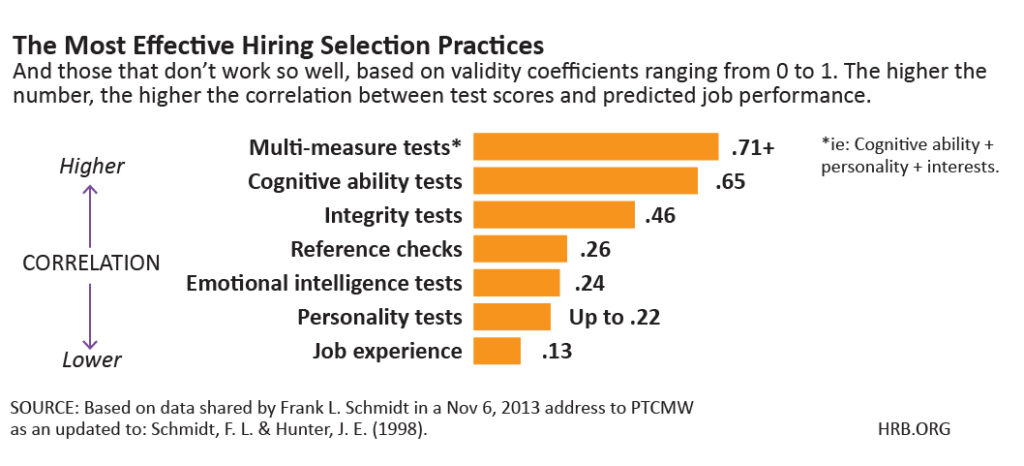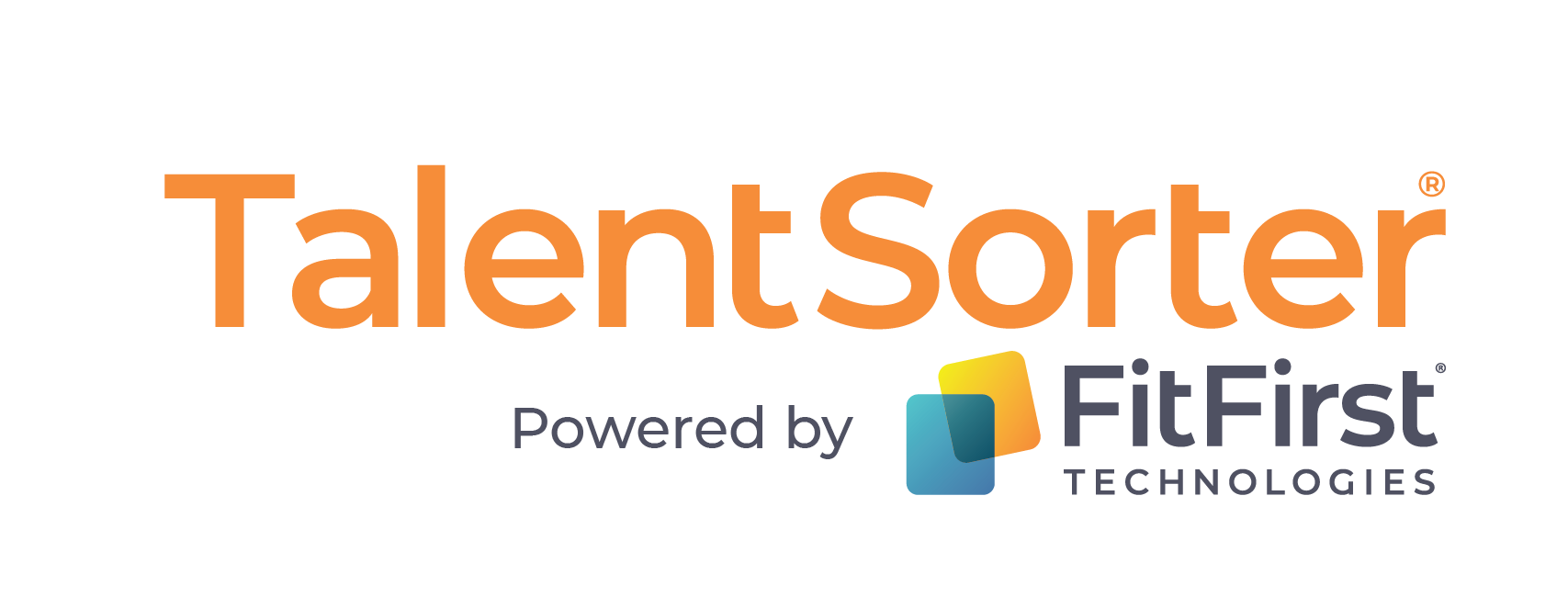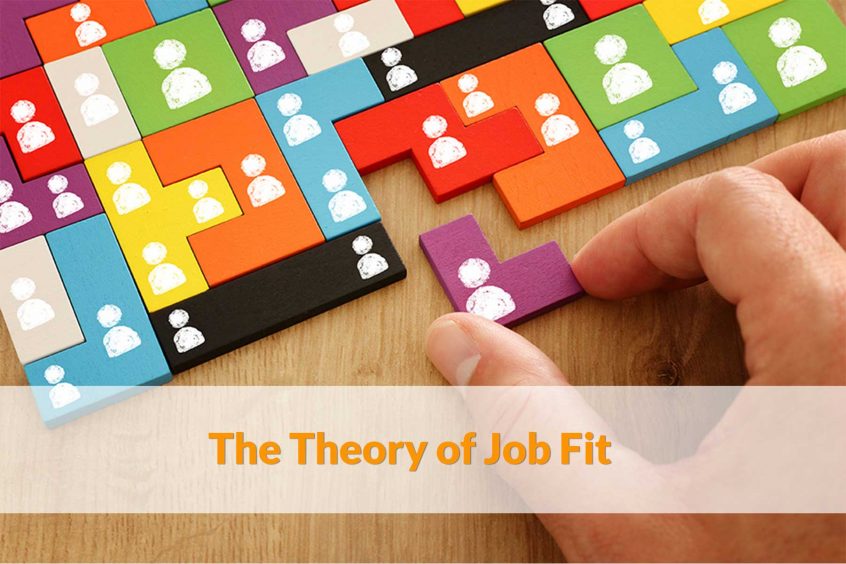Most behavioural assessments are built on the Big Five model, which is an established model of behavioral psychology that has been relied upon as a predictor of occupational success.
A few years ago, the Harvard Business Review backed this up with some interesting outcomes in their article “The Problem with Using Personality Tests for Hiring” in 2014.
Harvard Business Review Study:
“Extensive research has been done on the ability of various hiring methods and measures to actually predict job performance. A seminal work in this area is Frank Schmidt’s meta-analysis of a century’s worth of workplace productivity data, first published in 1998 and recently updated. The table below shows the predictive validity of some commonly used selection practices, sorted from most effective to least effective, according to his latest analysis that was shared at the Personnel Testing Counsel Metropolitan Washington chapter meeting this past November.

So if your hiring process relies primarily on interviews, reference checks, and personality tests, you are choosing to use a process that is significantly less effective than it could be if more effective measures were incorporated.”
So, the importance of establishing job fit was once again underscored by the Harvard Business Review when they conducted a study on 360,000 individuals over a 20-year period. There were some startling discoveries that challenge the current recruitment practices of most organizations, proving that experience and educational qualifications are not statistically reliable predictors of future high performance in a role.
Further outcomes from the Harvard Business Review:
“Experience is usually a principal criterion for making hiring decisions… Yet we found little difference in performance between these experienced individuals and those with no experience. The person with no experience, given training and supervision, is as likely to succeed as the person with two or more years of experience.
There is an old saying that 20 years’ experience reflects one year’s bad experience repeated 20 times. Our findings confirm that this is often the case. Too many people cling tenaciously to their unsuitable jobs and do just well enough not to be fired. Thus they accumulate years of “experience”.
As a value to be cherished and encouraged in our society, education cannot be challenged. The use of formal degrees as the criterion for judging someone’s potential effectiveness in a …job, however, must be challenged….The results of our probing show that people with little education can do the job as effectively and as readily as those with college degrees.
In view of these findings, an obvious question arises: If these long-used criteria are invalid, what criteria can industry use to better predict job performance? The answer is: criteria that make a better match between the person and the job.”
So how do you establish good ‘job fit’?
Identify and quantify the critical success attributes of a role, such as:
- Mental demands.
- The work environment.
- Core behavioral traits most needed for the role (eg, assertiveness, creativity, etc).
- Occupational interests.
Once this is established for each position in a company and used as a basis for hiring, employers are able to drastically increase the success rate of spotting and hiring high performers for each role.
Interested in learning more about ‘job fit’ profile reports and how they can help speed up your hiring process?

